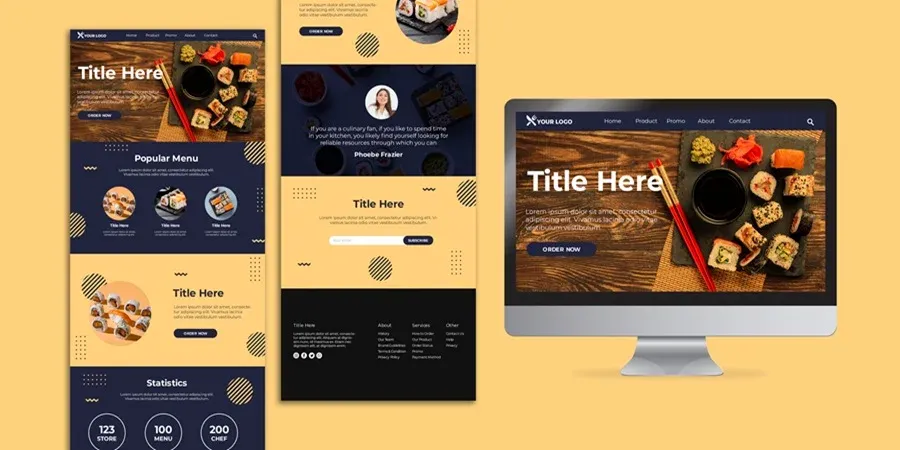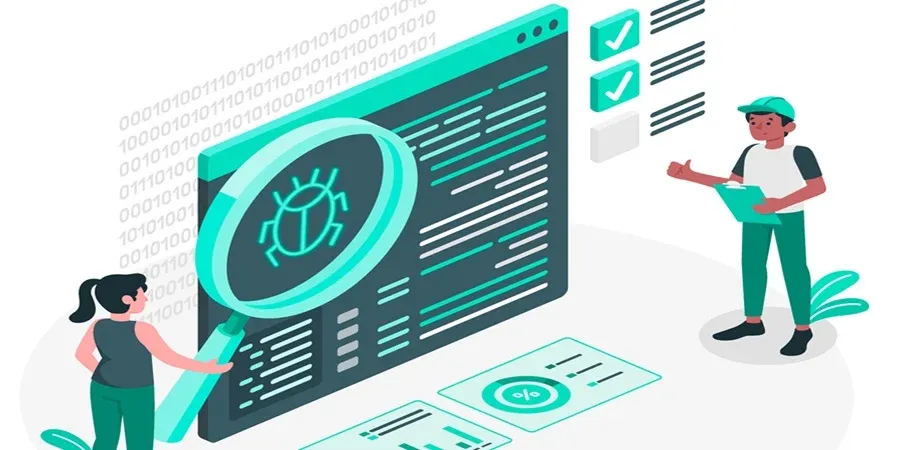Working Hours:
Mon - Fri 9 am - 5 pm PST
Got a question? Just call us at
Web Development for WordPress: Creating Custom Themes and Plugins
Web development is known for requiring programming skills, but WordPress makes things extremely simple. It provides an environment where you can design your websites without requiring any coding skills. Not only that, but it provides a flexible environment where users can develop their themes and plugins and use them to create the websites they want. This way, everyone with or without programming skills can get their website designed according to their skill set.
While there are multiple WordPress themes and plugins already available, they may not meet all your requirements. So, in this post, we will explore in-depth details and technicalities about creating your custom themes and plugins.
Overview of WordPress, its Themes, and Plugins
WordPress is an open-source content management system. It is globally known for its simplicity as well as flexibility, which puts it among the favorites when developing websites, especially among individuals with no coding expertise.
WordPress Themes
WordPress has a lot of themes and plugins. WordPress themes are basically templates that determine the visual design of a website. They dictate everything, ranging from the layout and color schemes to font styles, as they play an important role in establishing a good user experience.
The best part about these themes is that they can be customized. Users can select from thousands of free or paid themes available, or they may go one step further and design WordPress custom themes to suit their requirements, ensuring that their online presence will be both unique as well as aligned with the brand.

WordPress Plugins
WordPress plugins are extensions that extend a functional feature on a WordPress site. They can start with simple features, such as contact forms up to complex e-commerce systems. Plugins allow us to integrate nearly any possible functionality into a site without having to write highly-complicated code.
What makes WordPress immensely powerful is its extensibility. With over 55,000 plugins out there, the potential for customization is nearly limitless, allowing users to greatly amplify their website’s capabilities and user experience.
Themes and plugins combined make the core of WordPress’s flexibility. Users and developers can establish websites within parameters that can satisfy a wide range of requirements and tastes.
Step-by-step guide to developing WordPress custom themes
Creating your custom WordPress theme design takes some web development skills. Below is a complete guide on how you can create your WordPress custom themes.
1. Setup your development environment for WordPress Themes
For customizing WordPress website appearance with a custom theme, you will begin with setting up the environment first. Starting a server on your computer using tools such as XAMPP or MAMP will help you develop without affecting the live site. Next, set up WordPress locally and create a folder for the new theme in “wp-content/themes."
2. Start with the basic template files.
A WordPress theme requires at least two files: "style.css" and "index.php." The header comment that defines the name and details of the theme is found in "style.css." The main template file is "index.php". Essential files include "header.php" and "footer.php," and the most important one is “functions PHP."
3. Create the structure of your WordPress theme.
Establish a simple framework for your theme. “footer.php“ contains the closing body tag and footer details. Your main content will be displayed in “index.php." Style these elements in "style.css”. These components can be linked together with the help of WordPress functions such as “get_header()" and "get footer()."
4. Use HTML and CSS to design the theme layout.
Create a layout using HTML and CSS in the "style.css." For responsiveness, you can use CSS frameworks such as Bootstrap. Keep the WordPress standards in mind. HTML tags to enclose your dynamic content, as in "the_post()" for looping through posts using PHP code.
5. Add WordPress functions to improve the functionality of your theme.
Use WordPress functions to make your theme better. To correctly add stylesheets and scripts, functions such as “wp_enqueue_style()” and “wp_enqueue_script()” in “functions.php” are useful enough for you.
Enable extras such as custom headers, backgrounds, and post thumbnails using the "add_theme_support()." Further, customize your theme with widgets and menus by using the "register_sidebar()” function as well as that of “register_nav_menus()."
Step-by-step guide to developing WordPress plugins
Both WordPress custom themes and Plugins require programming knowledge and skills. So, once you are done with creating your custom themes, you may move to this guide about plugin development for WordPress. Before you begin, you must conceptualize your plugin with the functionality you need. It can be anything, and the whole Plugin creation process will revolve around that idea.
1. Setup the development environment for your plugin
The process of extending the functionality with WordPress plugins starts with setting up a local environment for developing plugins. Tools such as XAMPP or WAMP develop a local server environment. Within your WordPress environment, go to the ‘wp-content/plugins’ directory and create a folder for your plugin.
2. Create your main plugin file.
Your plugin has to have a main PHP file. This file should also have a header comment that helps WordPress to know information such as the name of your plugin, its description, version and so on. This file will also include the essence of your plugin’s code.
3. Program your plugin using PHP.
Code the functionality of your plugin using PHP. If your plugin is rather simple, all your code may be in the main file. For more complicated plugins, organize your code into several files or even folders. Interact with WordPress core, making use of WordPress hooks that are actions and filters.
Actions enable you to code at certain points, while filters help in modifying data. Make sure your code adheres to WordPress coding standards for the sake of readability and maintainability. Interacting with the database, handling user input and other tasks should be done using WordPress functions and classes.
4. Test and debug the plugin for perfect functionality.
Once the development is complete, you must make sure it is compatible with various versions of WordPress and other plugins. Identify issues using debugging tools such as “WP_DEBUG." It is important to pay attention to security and protect all user inputs from vulnerabilities.

5. Do the documentation of your plugin.
Any plugin requires good documentation. Give instructions on how to install and configure your plug-in. If you want to distribute this plugin through the WordPress Plugin Directory, make sure it complies with the guidelines of the WordPress Plugin Repository.
Benefits of creating WordPress custom themes and plugins
Creating your custom themes gives the following benefits:
- Customized design of your website
- Better performance by including only the functionalities you need
- Better flexibility with future changes
On the other hand, creating and using custom plugins brings even more technical features, including:
- Tailored functionality for your website.
- Better security by addressing all vulnerabilities
- Better control over the functionality of your website
- Long-term scalability
With such benefits using custom themes and plugins for your WordPress website can provide a personalized experience with better features, scalability, and safety while it aligns with your business’s requirements.
Conclusion
While designing your website with WordPress does not require any coding skill, the experience is not the same when you want to develop something customized. For instance, creating your custom plugins or themes will require you to have good development skills. Only that way may you improve the functionality of WordPress websites. Hopefully, this guide has been helpful enough for you to develop WordPress themes or plugins to meet your custom requirements.
Resource:
Why A Good Looking Website Can Effect Attracting New Clients?
Suggested articles


